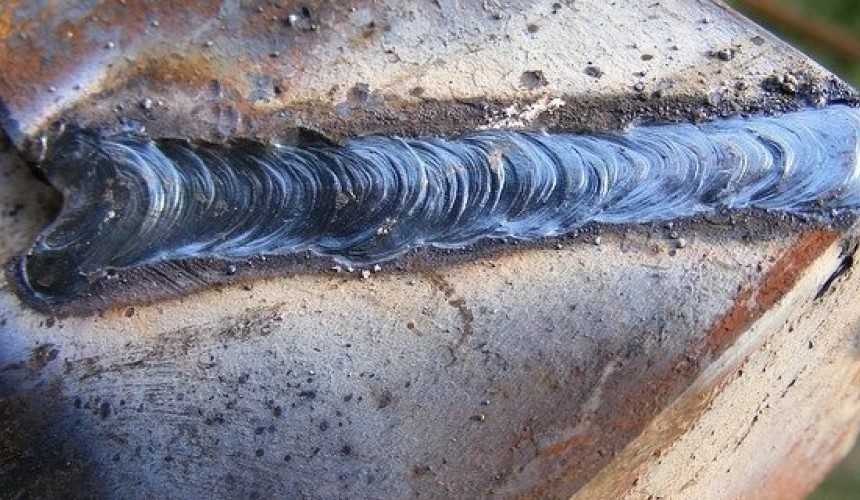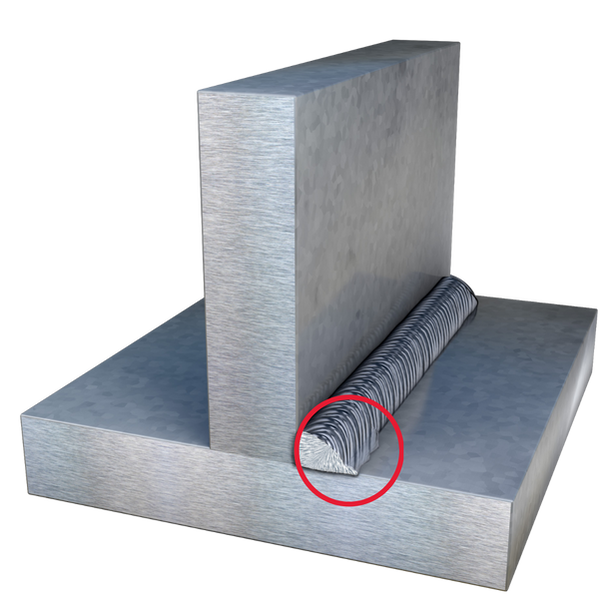Recognizing the Causes and Solutions for Undercut Welding in Steel Manufacture Procedures
In the world of metal construction processes, the occurrence of undercut welding positions a significant challenge that demands a comprehensive understanding of its reasons and feasible options. The detailed interaction of numerous variables throughout welding procedures can result in this undesirable phenomenon, influencing the structural integrity and total top quality of the bonded joints - Preventing weld undercut. By exploring the origin of undercut welding and exploring reliable restorative procedures, fabricators can elevate the standard of their workmanship and make sure the production of remarkable metal parts
Typical Sources Of Undercut Welding
Frequently overlooked in steel construction, undercut welding occurs as a result of different factors that require precise attention and expertise to be properly alleviated. One common source of undercut welding is extreme warmth input. When the warm input is expensive, it can cause the melting and subsequent disintegration of the base material along the sides of the weld joint, creating a groove or undercut. Furthermore, improper welding methods, such as using the incorrect welding angle or take a trip speed, can additionally add to damage formation. Insufficient shielding gas protection is an additional essential variable that can lead to damaging. Insufficient gas protection falls short to safeguard the weld swimming pool properly, bring about oxidation and undercut defects. The option of welding criteria, such as voltage, existing, and wire feed speed, plays a considerable duty in the occurrence of undercut welding. Comprehending these typical reasons is crucial for executing safety nets and ensuring premium welds in steel manufacture procedures.
Influence of Incorrect Welding Parameters
Imprecise welding parameters can considerably jeopardize the honesty and top quality of welded joints in metal construction procedures. The influence of wrong welding parameters manifests in different methods, leading to architectural weak points and issues in the bonded components. Meticulous attention to welding specifications is vital to make certain the manufacturing of high-grade welds with the desired mechanical residential or commercial properties and structural stability.
Impact of Improper Torch Angle
Incorrect torch angle in welding procedures can substantially affect the quality and integrity of the last weld joints in metal fabrication procedures. Damaging is a typical welding defect where a groove creates along the weld toe, deteriorating the joint and jeopardizing its structural honesty.
A lantern angle that is as well high can bring about not enough penetration, incomplete blend, and boosted spatter. On the other hand, a lantern angle that is also shallow can result in too much penetration, burn-through, and distortion of the base product. Preventing weld undercut. Correct torch angle is essential for making certain constant weld quality, toughness, and appearance
To prevent damaging and other issues triggered by improper lantern angles, welders should be educated to preserve the proper torch angle throughout the welding procedure. Routine monitoring you can try this out and modification of torch angles throughout welding can help accomplish audio welds with very little defects.
Function of Inadequate Welding Techniques

An additional facet of poor welding strategies is incorrect weld preparation. Inadequate cleaning of the base steels, wrong joint layout, or inadequate edge preparation can go all add to damage welding. Inadequate securing gas protection or using the incorrect kind of gas can result in incomplete blend and the development of undercut problems.
To address the duty of insufficient welding techniques in steel construction processes, it is necessary to supply extensive training for welders. Proper education and learning on welding parameters, joint prep work, and protecting gas selection can assist avoid undercut welding and make certain top notch welds in metal manufacture jobs.
Reliable Solutions for Undercut Welding
Attending to undercut welding in steel construction requires carrying out effective options to enhance weld high quality and architectural stability. Among the primary remedies to fight undercut is to readjust welding parameters such as voltage, present, and take a trip speed to make certain proper warm input and blend. By fine-tuning these settings, welders can stop excessive melting of the base metal and filler product, reducing the probability of undercut development.
Additionally, appropriate joint my site prep work is essential in stopping undercut. Ensuring clean base metal surface areas devoid of contaminants and utilizing the ideal bevel angle can help promote much better weld infiltration and lower the risk of undercut - Preventing weld undercut. Utilizing appropriate welding strategies, such as oscillating the torch or weaving, can likewise help in dispersing warmth equally and filling the weld joint effectively, reducing the possibility of undercut flaws
In addition, picking the correct welding consumables, including electrodes and filler metals, is vital in mitigating undercut. Utilizing products with proper chemical compositions and mechanical properties can add to accomplishing sound welds with very little undercut. Routine evaluation and high quality control procedures ought to also be carried out to identify and address undercut concerns promptly, ensuring the total integrity of made steel elements.

Final Thought
In final thought, comprehending the causes and solutions for undercut welding in steel construction processes is important for achieving top quality welds. By addressing usual causes such as incorrect welding criteria, improper lantern angle, and poor welding methods, welders can avoid damaging and make sure strong, durable welds. It is necessary to focus on these aspects and execute reliable options to improve the total welding process and end product quality.
